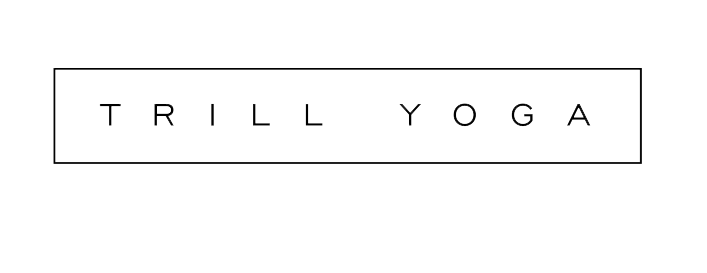// Rest Days Forever
Recently wrote about Rest Days for THE/THIRTY. Read the piece here or below :)
As a fitness professional, I’m often asked how many times I work out a week—because I must live at the gym, right? In reality, it’s a sentiment that could not be further from the truth: I’m a massive proponent of a balanced lifestyle, one that includes sleeping later when you want, going on adventures with people you love, and maintaining spontaneous space to just live. My enjoyment of rest days is something to embrace not just because they sound amazing—who doesn’t want to nap or get a massage or enjoy the day without having to think about if they will have to wash their hair again due to a sweaty workout?—but also because they are actually a key component of recovery and overall well-being. Don’t get me wrong—getting to the gym matters. Building muscle, practicing yoga, and doing other things that require you to move your body all matter too. However, rest and sleep are just as necessary, and it goes deeper than just giving muscles a break.
Keep reading to learn exactly why (and how) you should be taking frequent rest days.
YOU SHOULD BE TAKING REST DAYS AT LEAST ONCE A WEEK, IF NOT MORE.
Let’s start with saying that most people need one to three rest days a week if they’re working out most days of the week. Even if you have a more laid-back training schedule, designated rest days still matter. These rest days could be passive (doing absolutely nothing, which is my choice) or active, meaning you continue to exercise, but the activity is less intense and the duration not as long. (Think walking, foam rolling, or a restorative yoga class.)
SKIPPING REST DAYS CAN BE COUNTERPRODUCTIVE TO YOUR FITNESS GOALS—OR DOWNRIGHT DANGEROUS.
When we don’t take rest days, our bodies can get thrown out of whack. We are more at risk for injuries and burnout, which can negate some of our original intentions for working out (such as being stronger or losing weight). This can happen because exercising gets the heart rate up, which cues our body to release cortisol—the same fight-or-flight stress hormone that’s released when our body thinks it’s in danger. Cortisol in itself can have positive effects during a workout: You’re more alert, and you feel strong. However, if this state continues, your body will take attention away from other bodily needs like digestion, immunity, and muscle repair. High-cortisol levels are also linked to increased abdominal fat, anxiety, and depression, and can affect hormones such as testosterone and estrogen.
SO NOW THAT YOU KNOW WHY REST DAYS MATTER, WHAT SHOULD YOU DO?
A rest day could include active recovery options like swimming, walking, gentle yoga, or foam rolling, as mentioned above, or you could get a massage, which is greatly beneficial for active bodies. You could meditate, journal, or do anything the feeds your mental, spiritual, emotional body as well.
Otherwise, just rest. I know it’s easier said than done when we are programmed to think we have to be “doing something” to reach our fitness and/or health goals. In yoga, it’s said that the highest form of practice is final relaxation—the ability to do nothing. I always say it is a gift we give ourselves, free of exertion, but also free of guilt or worry.
THAT BEING SAID, TRY NOT TO LOOK AT REST DAYS AS YET ANOTHER OBLIGATION.
Rest days are a necessity, but I do not want anyone to start looking at rest days as mandates. There is a self-care theme I’m seeing lately where it’s becoming a to-do list. I feel that a rest day should also be free of obligation around activity. It’s why this is far from a “what to do on a rest day” list. It is truly up to you, and the real takeaway is the importance of rest days along with a peaceful mind-set around taking them… and enjoying them.

